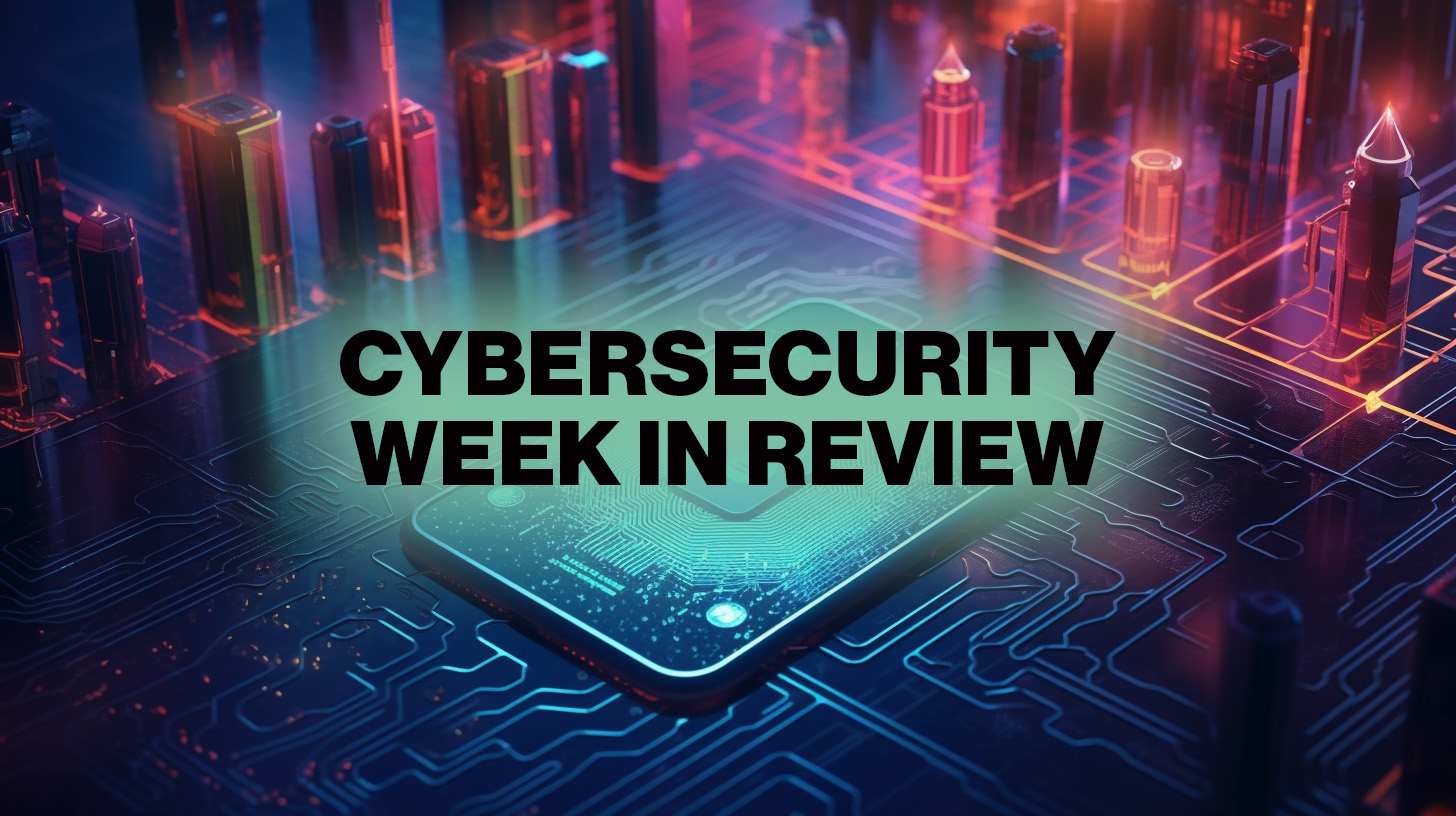A significant data breach at F5 has resulted in the theft of source code and vulnerability information related to its BIG-IP family of networking products. This breach underscores the ongoing cybersecurity threats facing organizations globally. The company confirmed the incident, attributing the attack to “nation-state actors” who exploited vulnerabilities in their system.
In related cybersecurity news, Microsoft addressed multiple vulnerabilities during its October 2025 Patch Tuesday. The tech giant released fixes for over 175 vulnerabilities, including three zero-day exploits currently under attack: CVE-2025-24990, CVE-2025-59230, and CVE-2025-47827. This highlights the urgency for organizations to prioritize timely software updates to mitigate security risks.
Key Insights from Cybersecurity Experts
Insights from industry experts emphasize the need for robust cybersecurity strategies, particularly in the healthcare sector. In an interview with Help Net Security, Wayman Cummings, Chief Information Security Officer at Ochsner Health, discussed how healthcare organizations can build effective cybersecurity frameworks even with limited resources. He pointed out that focusing on vulnerability management and network segmentation can significantly enhance an organization’s security posture.
Another discussion featured Benjamin Schilz, CEO of Wire, who addressed the implications of Chat Control on user privacy. He warned that mandated scanning mechanisms conflict with end-to-end encryption, presenting compliance challenges for service providers. These insights shed light on the complexities of maintaining security while ensuring user privacy.
Emerging Threats and Solutions in Cybersecurity
Research continues to identify new vulnerabilities and methods for securing systems. A recent study from Curtin University has developed a container-based framework for testing industrial control systems without disrupting operations. This innovative approach allows cybersecurity teams to simulate real environments and conduct cyberattacks safely.
Additionally, the discovery of a new security blind spot related to large language model (LLM) applications has raised concerns. Researchers revealed that malicious Model Context Protocol (MCP) servers could manipulate LLM behavior and deceive users without detection. This finding highlights the necessity for enhanced security measures in AI applications.
On the vulnerability front, Oracle has disclosed a new remotely exploitable vulnerability in its E-Business Suite, identified as CVE-2025-61884. Meanwhile, the Cybersecurity and Infrastructure Security Agency (CISA) has added CVE-2025-54253, a misconfiguration vulnerability in Adobe Experience Manager, to its Known Exploited Vulnerabilities catalog, indicating active exploitation.
In other developments, Microsoft has revoked 200 certificates used to sign malicious Microsoft Teams installers, disrupting the operations of a ransomware group known as Vanilla Tempest. This action illustrates the ongoing battle between cybersecurity professionals and malicious actors.
The cybersecurity landscape continues to evolve, with organizations facing increased pressure to address vulnerabilities and enhance defenses. As cyberattacks become faster and more sophisticated, the need for proactive measures is more critical than ever. According to a recent study by Proofpoint, 93% of U.S. healthcare organizations experienced at least one cyberattack in the past year, with an average of 43 incidents per organization. Alarmingly, 72% of respondents reported that these incidents disrupted patient care.
With the rise of AI technologies, many organizations are hastening their adoption but are not adequately prepared for the associated risks. A global study by Cisco found that while most companies are eager to integrate AI, many lack the necessary security measures to protect their systems. This uneven preparedness could lead to significant vulnerabilities as AI becomes more prevalent in enterprise environments.
As the cybersecurity landscape becomes increasingly complex, organizations must stay informed and vigilant against emerging threats. The recent incidents involving F5, Microsoft, and other key players serve as a reminder of the critical importance of maintaining robust cybersecurity measures in an ever-evolving digital world.
